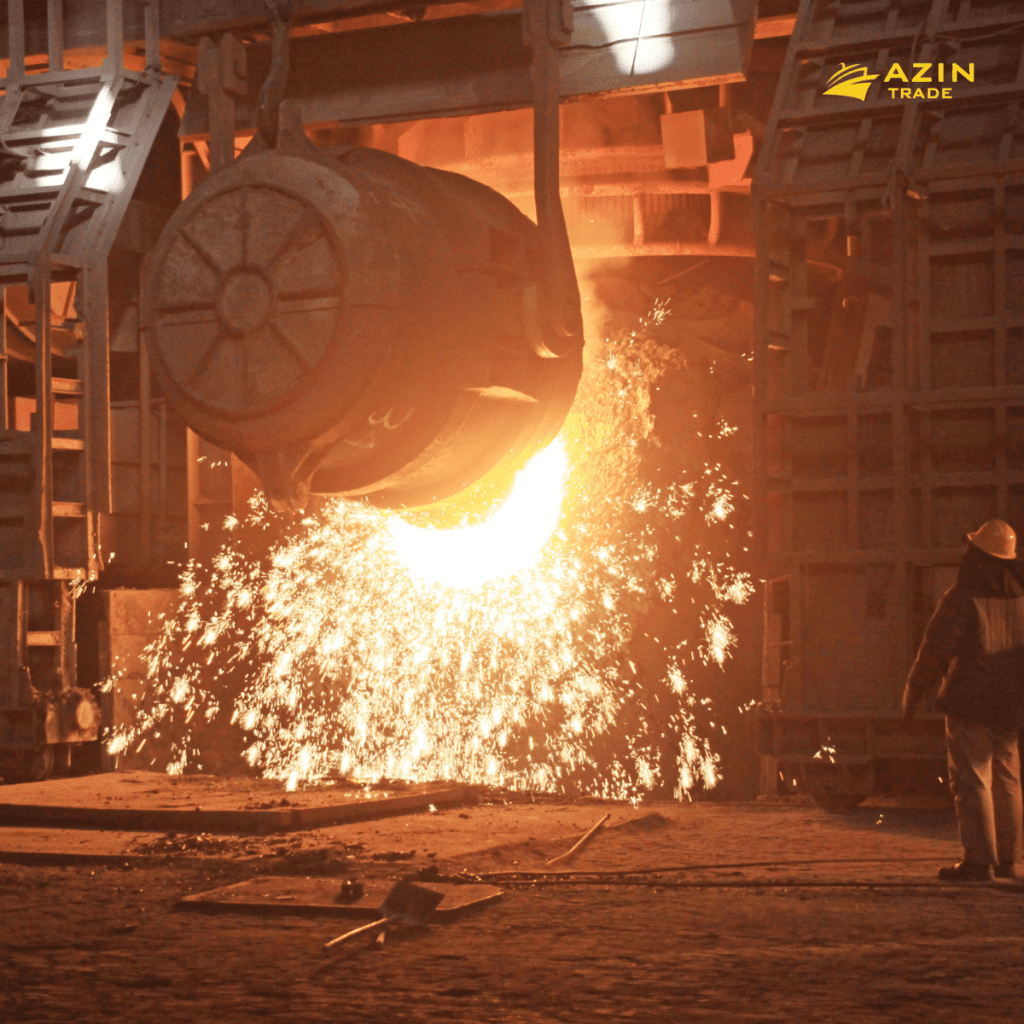
The Role of Coal in Ceramic Tile Making Furnaces: A Reliable Energy Source
Introduction:
Ceramic tile making is a time-honored craft that relies on efficient and sustainable energy sources for firing and glazing processes. Among the various fuel options available, coal has been traditionally employed as a reliable energy source in ceramic tile making furnaces. In this article, we will explore the significance of coal and its role in the firing process, highlighting both its advantages and environmental considerations.
High Energy Density:
Coal, a fossil fuel, boasts a high energy density, making it an ideal choice for providing the intense heat required during the ceramic tile firing process. When coal is burned, it releases a substantial amount of heat energy, ensuring uniform and efficient heating throughout the furnace.
Consistent Firing Temperature:
The controlled combustion of coal allows ceramic manufacturers to achieve and maintain consistent firing temperatures within the kiln. This precision is crucial in ensuring the desired quality and properties of the ceramic tiles, including color, texture, and strength.
Cost-Effectiveness:
Coal has been favored in the ceramic industry for its cost-effectiveness, especially in regions where it is readily available. As a widely available and relatively affordable fuel option, coal offers manufacturers a practical solution for large-scale tile production.
Reduction of Fuel Waste:
Ceramic tile making furnaces require a continuous and steady heat supply, and coal provides a stable energy source that minimizes fuel waste. Its steady combustion rate ensures consistent heat output, reducing the risk of temperature fluctuations that could affect the final product.
Environmental Considerations:
Emissions:
While coal is an effective energy source, its combustion does produce emissions, including carbon dioxide (CO2), sulfur dioxide (SO2), and particulate matter. To mitigate environmental impact, modern ceramic manufacturers are adopting cleaner combustion technologies and implementing emission control measures.
Environmental Regulations:
As environmental concerns grow, ceramic tile manufacturers are increasingly exploring alternative energy sources and adopting more sustainable practices. This includes transitioning to cleaner fuels, such as natural gas or renewable energy options, to reduce their carbon footprint.



